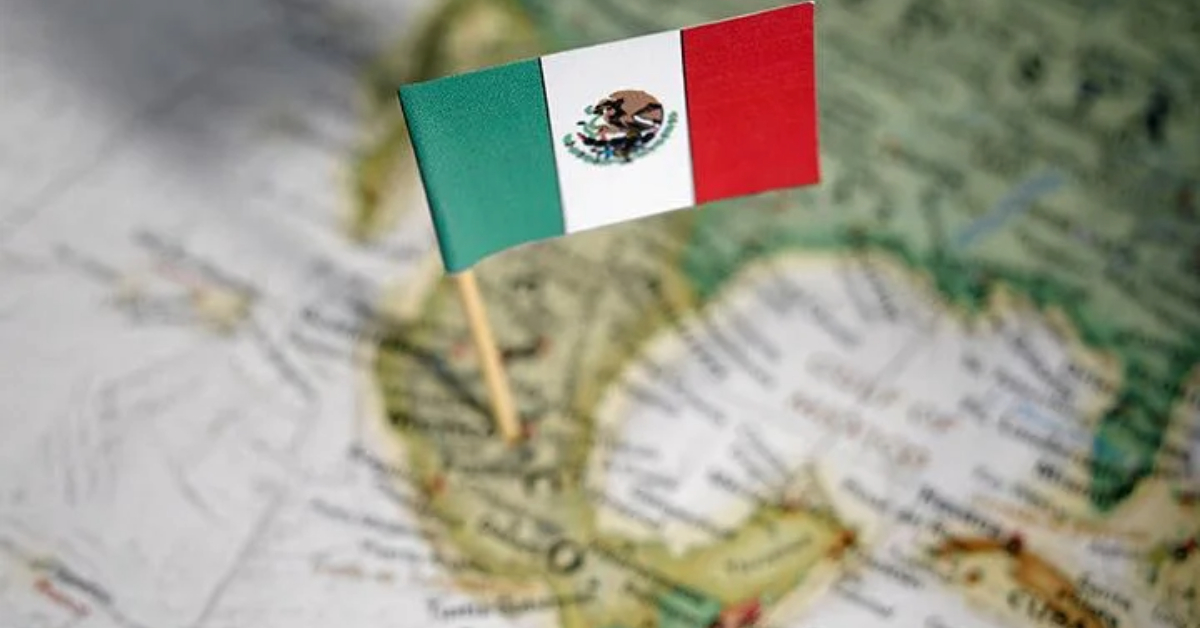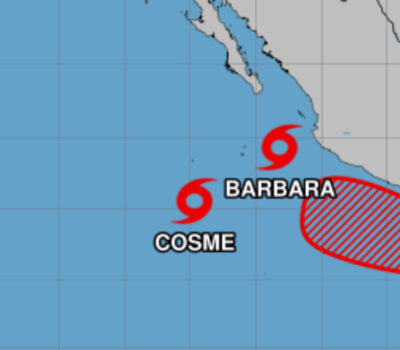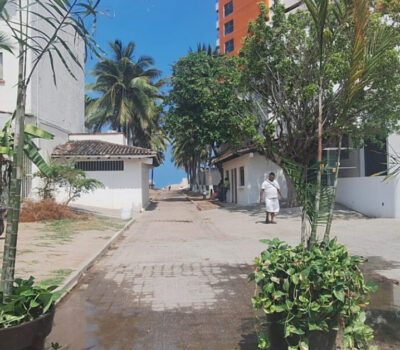Rising U.S. tariffs global growth force World Bank to cut forecasts for 2025 to 2.3%, with Latin America hit hardest as Mexico stalls and Argentina rebounds.
The World Bank announced on Tuesday that rising U.S. tariffs are weighing on both global and Latin American economies. It now expects worldwide growth of just 2.3 percent in 2025—0.4 percentage points below January’s forecast—and growth of 2.3 percent for Latin America and the Caribbean, down 0.2 points from earlier projections.
Global growth forecasts have been revised down as trade tensions bite. While domestic demand in many regions remains steady, higher trade barriers driven by U.S. tariff hikes and ongoing friction between Washington and Beijing have slowed the flow of goods and services across borders.
World Bank chief economist Indermit Gill warned that a soft landing for inflation without recession now seems unlikely. “Just six months ago, a soft landing seemed in sight,” he said. “It now appears the global economy is heading for further turbulence. If the trajectory is not corrected, the consequences for living standards could be profound.”
The institution ruled out the risk of a recession this year but cautioned that if current forecasts hold, the world will record its weakest average growth of any period since the 1960s. A slowdown in global trade, reduced investment, and higher financing costs all play a role in this downshift.
In Latin America, resilience in household spending has so far offset some of the drag from weaker exports. Still, rising trade protectionism and political uncertainty threaten to erode gains. Falling commodity prices add an indirect hit to national revenues and external balances.
Mexico faces the steepest slowdown in the region. As the second-largest economy, it is now expected to grow a mere 0.2 percent in 2025—a drop of 1.3 points—and improve only to 1.5 percent in 2026. The World Bank singled out U.S. President Donald Trump’s 25 percent tariffs on goods not covered by the U.S.-Mexico-Canada Agreement as a key factor. Roughly half of Mexico’s exports to the U.S. last year fell outside the trade pact, leaving them subject to new levies. High domestic interest rates are also dampening household and business spending.
Brazil’s outlook is mixed. Growth for 2025 has been nudged up 0.2 points to 2.4 percent, yet remains well below last year’s 3.4 percent, largely because of slower consumption and muted investment. The report notes that inflation in Brazil and several other countries sits near the upper limits of central bank targets, leaving little room to cut borrowing costs.
After two years in recession, Argentina is poised for a strong rebound. Growth should hit 5.5 percent in 2025—0.5 points above earlier estimates—before moderating to 4.5 percent in 2026. The World Bank attributes this recovery to stronger activity in agriculture, energy, and mining, along with recent macroeconomic stabilization measures, removal of exchange controls, and business-friendly reforms that are restoring consumer and investor confidence.
Across the region, the World Bank projects the following growth rates in 2025:
• Colombia 2.5%
• Chile 2.1%
• Peru 2.9%
• Bolivia 1.2%
• Costa Rica 3.5%
• Dominican Republic 4.0%
• Ecuador 1.9%
• El Salvador 2.2%
• Guatemala 35%
• Honduras 2.8%
• Nicaragua 3.4%
• Panama 3.5%
• Paraguay 3.7%
• Uruguay 2.3%
Inflation pressures remain a key challenge. With benchmark rates staying high, central banks have limited flexibility to spur growth without stoking price rises. “The regional challenge is to keep inflation relatively contained,” the report warns.
Looking ahead, risks loom large. A downturn in the United States could ripple through export-dependent economies, while any slowdown in China would sap demand for South America’s commodity exports. In Central America and parts of the Caribbean, weaker remittances—worth about 20 percent of GDP in some nations—could further strain household budgets and national finances.
Unless policymakers can ease trade tensions and stabilize financial conditions, the World Bank cautions, both global and Latin American growth may fall short of what households and businesses need to improve living standards.
Rising U.S. tariffs global growth force World Bank to cut forecasts for 2025 to 2.3%, with Latin America hit hardest . . .












